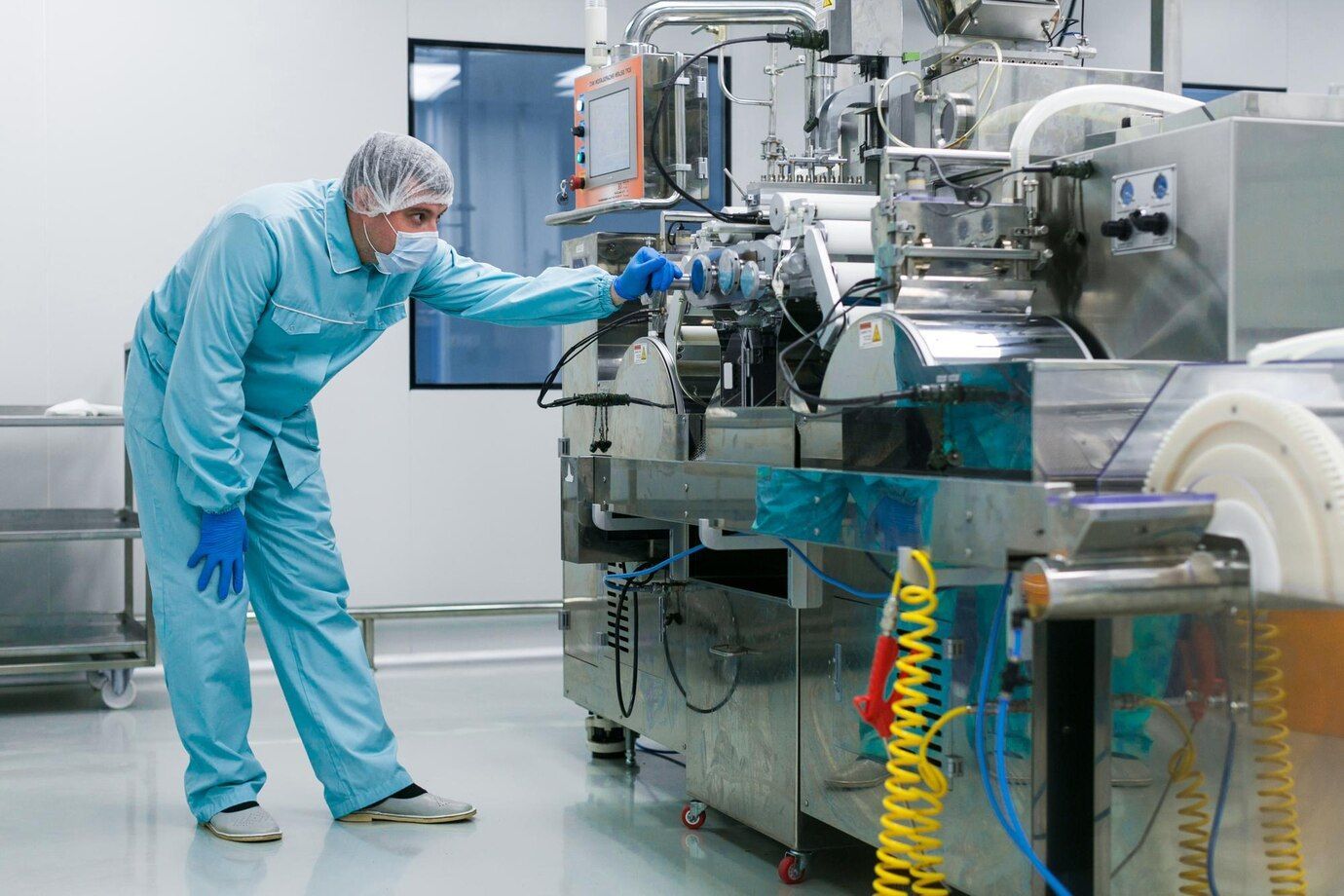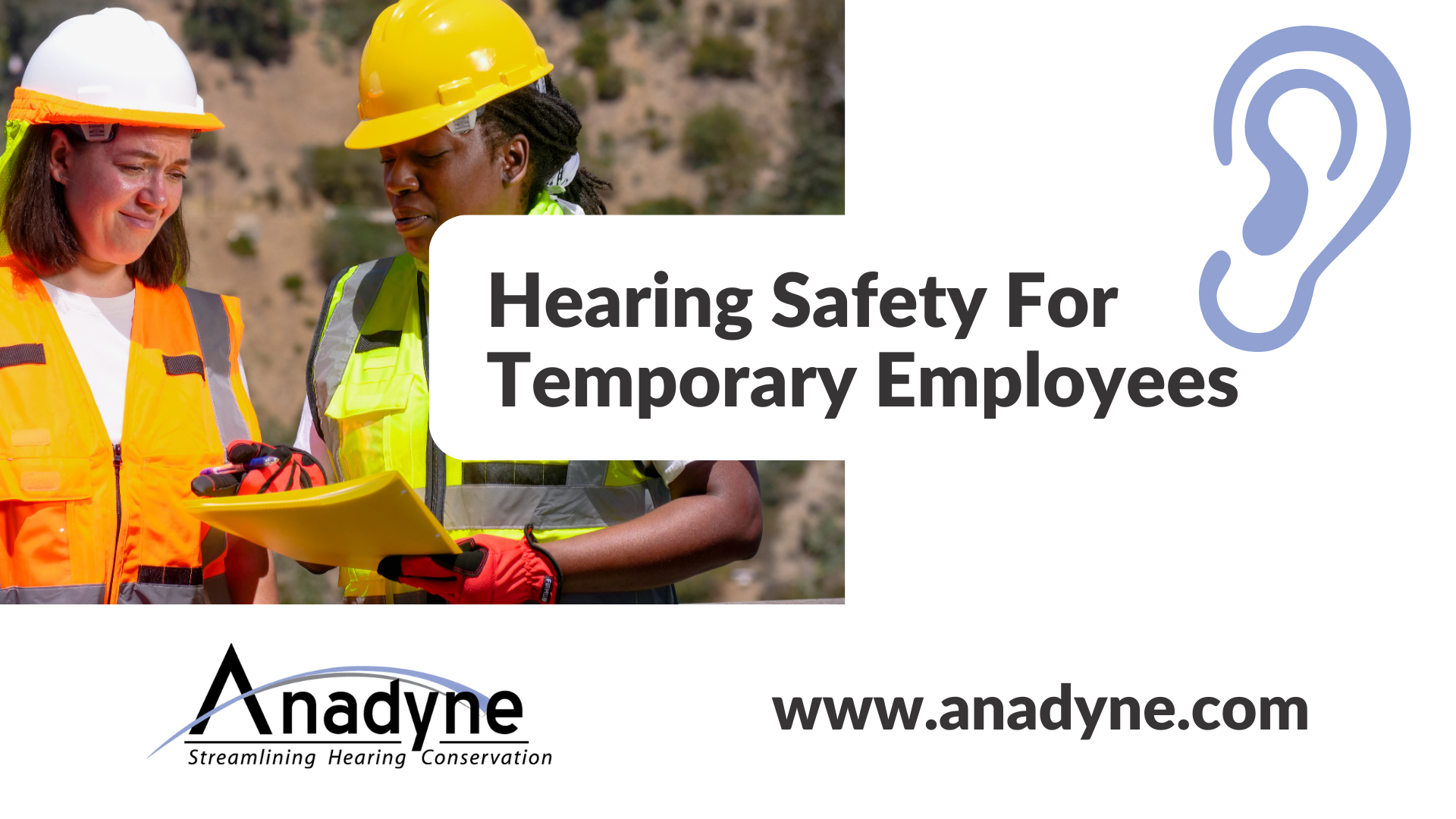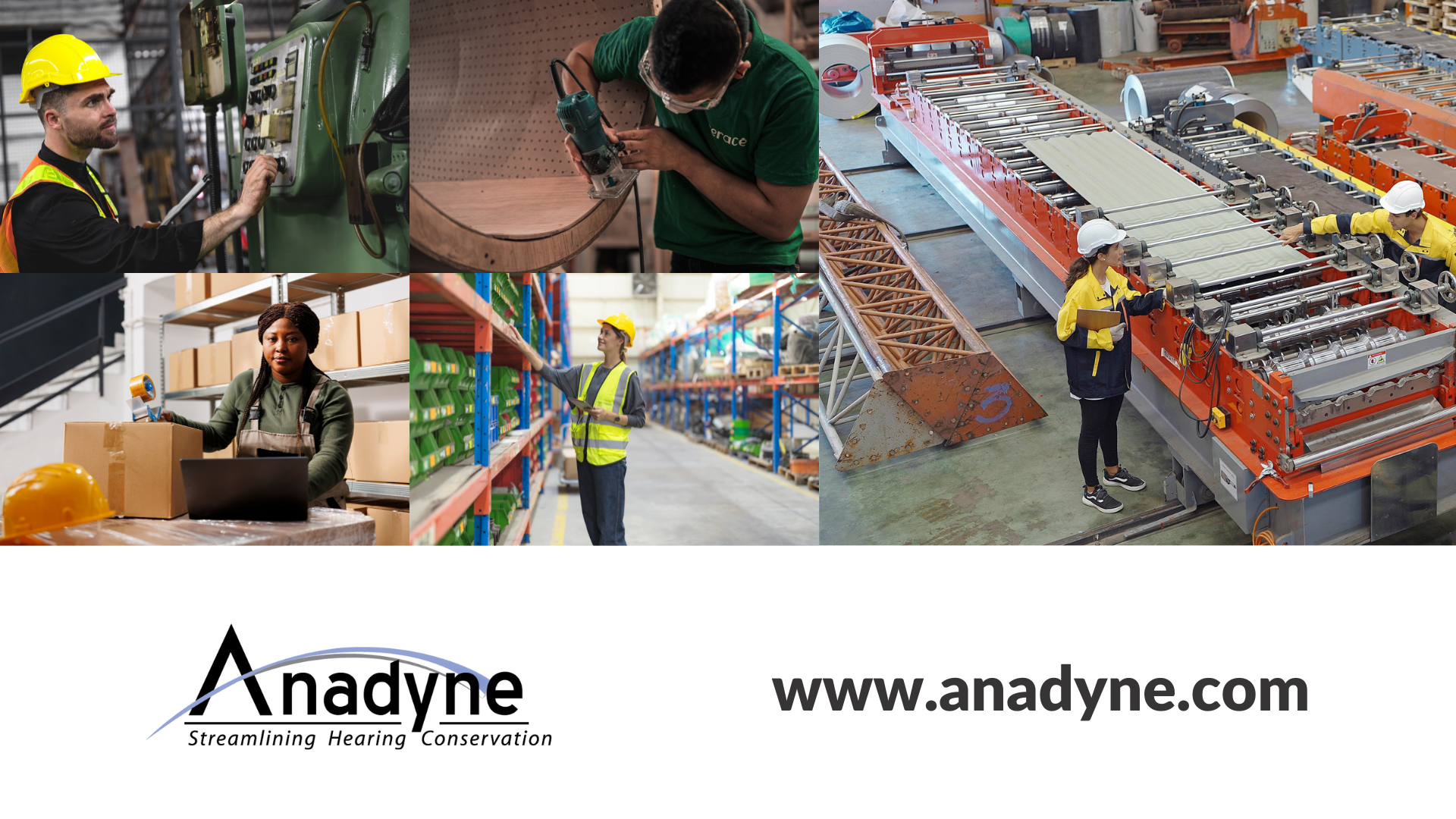Do Your Workers Wear Too Much Hearing Protection?
Karl Brandsen • March 24, 2023
Do Your Workers Wear Too Much Hearing Protection?

Overprotection is an overlooked problem in many workplaces.
Learn how to resolve the conflict of workers who need to wear hearing protection but still hear speech or warning signals.
Employees at your company need to wear hearing protectors, so you give them the highest level of protection available, right? Not always.
If you believe that one ear plug or muff is pretty much like the next, with the noise-reduction rating (NRR) as the only difference, you may be putting employees at risk if they need to communicate with co-workers or hear warning signals.
Overprotection
In many cases, wearing a hearing protection device (HPD) with too high of an NRR could cause overprotection, which is too much attenuation (decibel reduction in sound power and pressure levels) of a specific noise caused by inadequate hearing protector selection.
There are situations where a particular hearing protector may attenuate high frequencies (speech and signals) substantially more than low frequencies (ambient or background noise). The result is that important consonant sounds of speech may be unintelligible, and warning signals such as backup alarms on forklifts might not be heard.
Communication
Workers with too much hearing protection may not be able to communicate with a co-worker and might remove their HPDs to talk or, if they wear ear plugs, not fully insert the plug into their ear, both of which could cause noise-induced hearing loss.
In industrial settings, low-frequency sounds tend to mask or obscure mid and high-frequency sounds, which leads to decreased speech intelligibility.
Warning signals
As with speech, the ability to hear warning signals, alarms, and machinery operating noise can be diminished when wearing the wrong type of HPD. With machinery noise, for example, the operator needs to be able to hear a signal that would indicate a malfunction.
Solutions
What is the proper type of HPD that allows the wearer to hear necessary speech and signals? The simple answer is a protector that has moderate attenuation of mid- and high-frequency sounds and the proper NRR for the situation. Arriving at a complete answer, however, is not so simple.
The effectiveness of a hearing protector is highly dependent on wearing time. According to EN 458, when someone removes an HPD for even a brief time in the noise exposure, the effective protection provided is significantly reduced.
- Whenever possible, decrease the distance between the speaker and the listener and encourage the use of hand and facial cues, although these are ancillary aids that should not take the place of speech.
- Include material on speech intelligibility and detection of signals in employee training and stress the positive effects that the proper use of HPDs can have on the audibility of speech and signals.
- Encourage employees to speak more forcefully to overcome the tendency to lower their voices while wearing HPDs. The increased vocal effort, however, should not be continued for long periods because of the potential to irritate the speaker’s vocal tract.
- Encourage input and feedback from employees regarding speech intelligibility (and the audibility of signals) so problem areas can be identified before an accident occurs.
- Improve message content by encouraging and implementing consistent sentence construction for standard messages. Workers should avoid the use of single letters and use whole words (phonetic alphabet) or complete sentences whenever possible.
In the end, the burden falls on the employer to understand how to select the appropriate type of hearing protection for workers who need to communicate or hear specific noises.
Contact an Anadyne rep today to find the right solution for your team.

There are thousands of industrial hearing protection options out there - which type of noise blocking is right for your employees? Our filtered industrial hearing protection combines the best of electronic hearing protection & solid hearing protection devices, ensuring your employees can communicate safely without the hassle of electronics.









